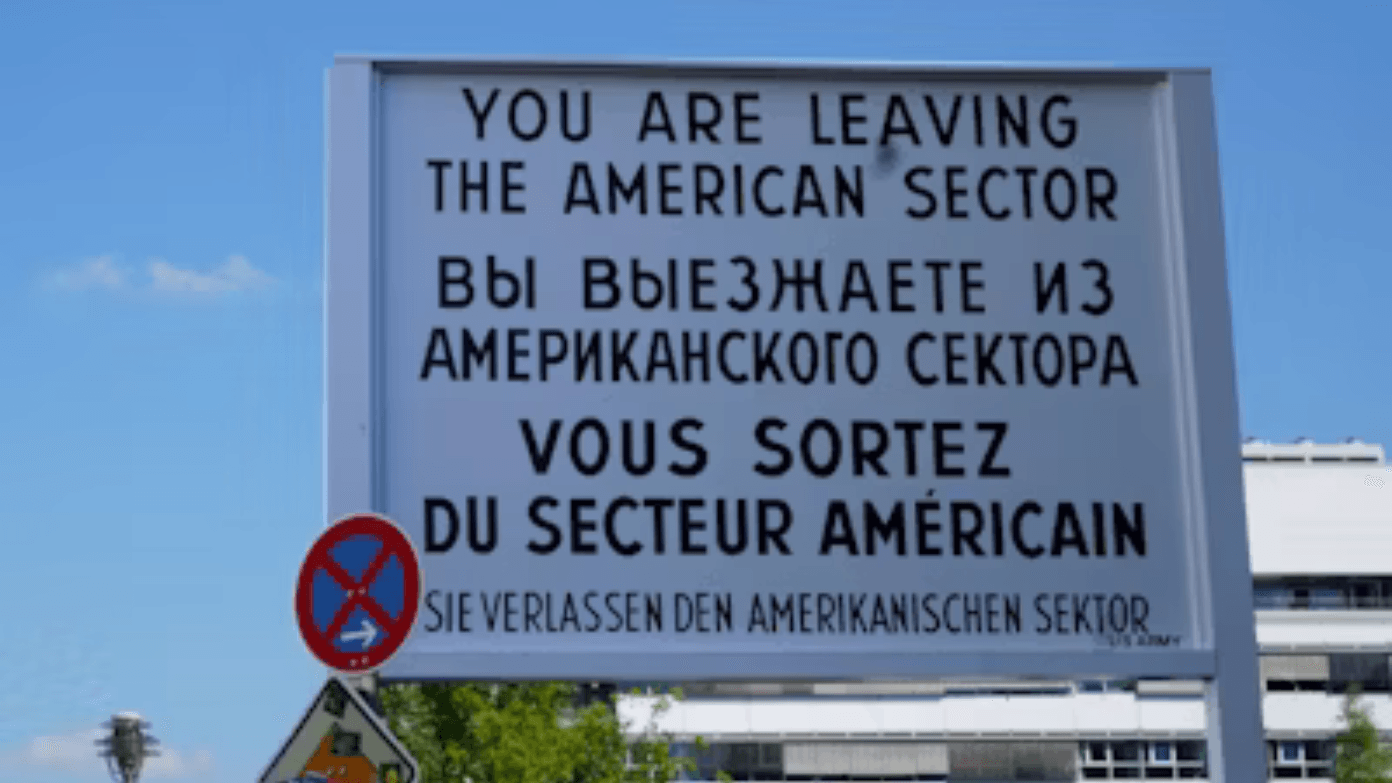President Donald Trump’s new immigration crackdown placed drastic obstacles in the path of citizens from 19 nations looking to enter the United States, in effect eliminating the ability for many to capitalize on opportunities within America except under certain exceptions. The broad travel ban, enacted on June 9, 2025, is one of the biggest immigration policy shifts in years.
Full travel bans for 12 Countries under complete restrictions
Twelve countries are subject to blanket travel bans, their residents barred from coming to the United States on immigrant or non-immigrant visas. They are Afghanistan, Myanmar (Burma), Chad, Republic of the Congo, Equatorial Guinea, Eritrea, Haiti, Iran, Libya, Somalia, Sudan, and Yemen. The citizens of these countries are ineligible for any visa, including those for study, tourist, or permanent immigrant residence, essentially cutting off traditional paths to American opportunity.
Trump rationalized these restrictions based on the arguments that nationals of these nations are “terrorism-related” and “public safety” risks, and also on the grounds of visa overstay concerns and lack of adequate screening process in these nations. The administration targeted specifically those nations in which “vetting and screening information is lacking” or where “there is a significant terrorist presence within its territory.”
Partial restrictions: Seven countries with limited access
Seven nations are subject to partial travel restrictions intended for certain visa classes. Burundian, Cuban, Laotian, Sierra Leonean, Togolese, Turkmenistan, and Venezuelan nationals are not eligible to submit immigrant visas or regular non-immigrant categories such as B-1 (business visitor), B-2 (pleasure visitor), F (foreign student), M (vocational student), and J (exchange visitor) visas. They are still eligible to submit some temporary visa categories, although validity dates on other nonimmigrant visas are to be shortened.
Critical exceptions and lines that stay open
Even with the broad sweep of these bans, a number of major exceptions leave doors ajar for citizens. Green card holders and dual nationals traveling on non-restricted country passports continue to be exempt from the ban. Also included are those in the United States before June 9, 2025, and those who have valid visas on or after that date.
Other groups of special immigrants also have access, including immediate relatives of U.S. citizens seeking spouse-, child-, or parent-based visas. Afghan nationals who were employed by the United States government or its allies continue to have access through Special Immigrant Visas. The policy also provides waivers to Iranian religious and ethnic minorities fleeing persecution.
Sports staff and other sporting industry workers coming to the country for major events such as the 2026 World Cup and the 2028 Los Angeles Olympics are still permitted into the country. Diplomatic staff, UN representatives, and government officials traveling officially are still permitted entry via existing diplomatic agreements.
The broader impact on immigration aspirations
The policy is a drastic about-face from America’s long-standing position as a destination for world migration and opportunity. As opposed to the 2017 “Muslim ban” that hit Muslim-majority countries most, this policy reaches more nations in a more heterogeneous group that include countries like Cuba, Haiti, and Venezuela with very, very small Muslim populations. The wider net illustrates the administration’s broader strategy on immigration bans.
The travel ban has review mechanisms built into it, and the government must reconsider the restrictions every 90 to 180 days. The countries can also be taken off the list if they witness “material improvements” in procedure and regulation, and additional countries can be included if there is a threat posed from anywhere in the world.
To the millions of citizens of affected countries, such obstacles are a fundamental barrier to gaining educational, career, and family opportunities in America, essentially weighting the playing field of accessibility to what is perceived by most to be the American dream.
Read more: Who has the power to deploy the National Guard in California? This is what is known about the conflict between Newsom and Trump over…
Read more: What happened to Marko Elez, the 25-year-old engineer who resigned from Elon Musk’s DOGE team after racist messages resurfaced

